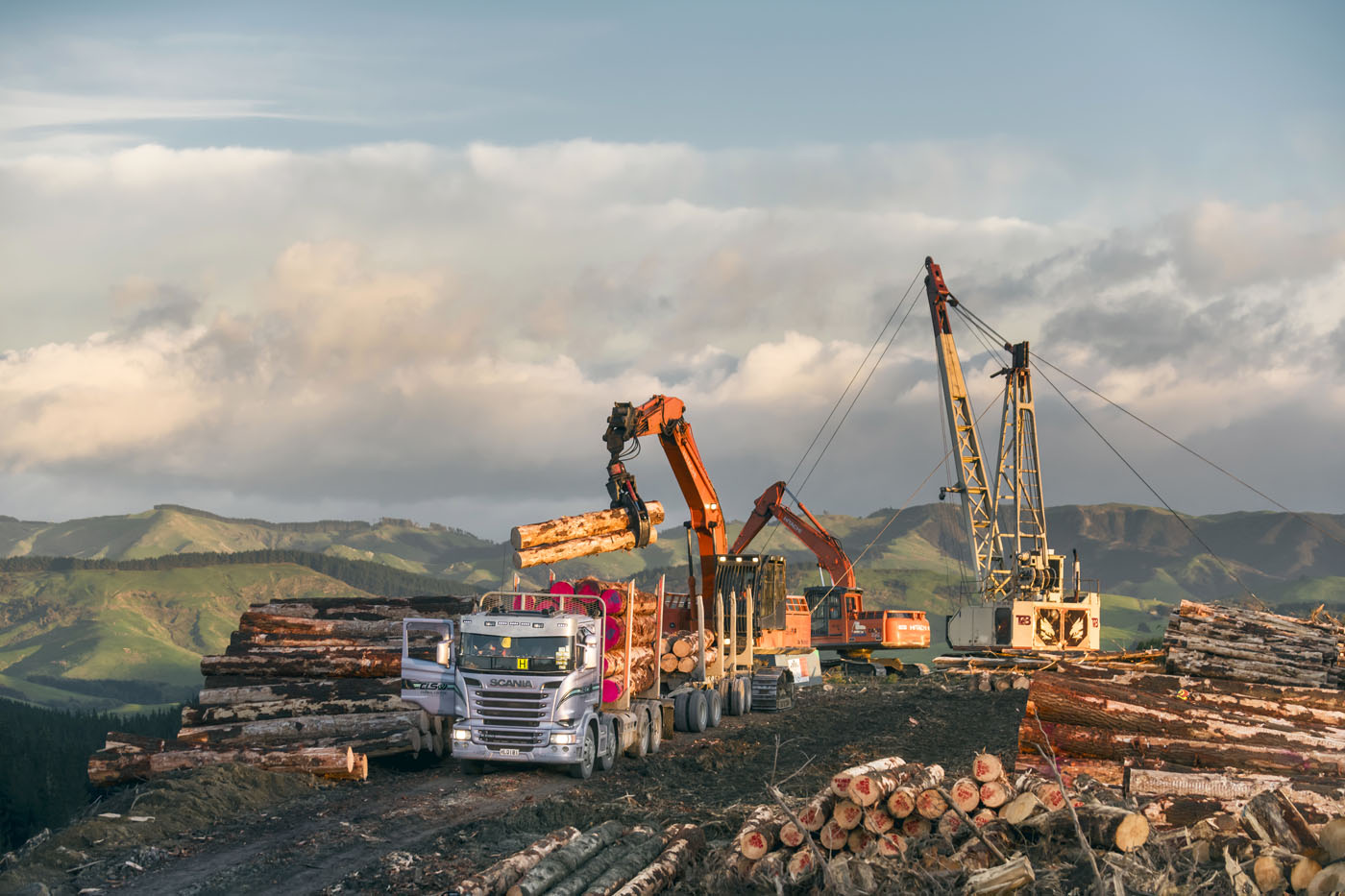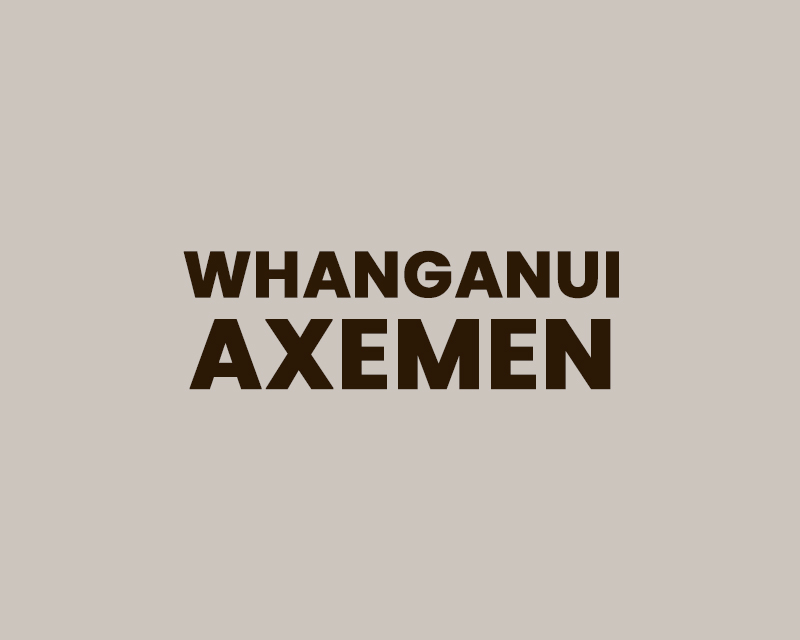
February 2023 Market Update
Marcus Musson, Forest360 Director
Opinion Piece
As expected, February has seen another solid lift in export prices courtesy of some increased in-market sales prices (CFR) and a reasonably subdued shipping market. The At Wharf Gate (AWG) prices offered by the different exporters ranges between $NZ134 and $NZ142/m3 for Export A grade which is the largest spread we have seen in a while. The prices at the lower end are more than likely due to some trying to make back losses from some pretty horrific 2022 trading conditions, while those at the upper end are likely running short in vessel cargo and looking down the barrel of some significant demurrage costs should the cargo not eventuate. The latter is becoming more evident as exporters trade volume between themselves to try to fill vessels as they arrive in the face of short supply.
Port deliveries have been all over the place with continued weather events hampering the ability for harvesting crews to produce and carriers to get access to harvest sites. This is especially the case in the woodlot sector where many are working in ‘summer’ blocks with little or no roading infrastructure. While we are getting used to significant rain events during summer, this latest event is one out of the box and, aside from the issues in Auckland and Gisborne, many other regions have also suffered massive infrastructure damage.
One thing our industry has done exceptionally well in previous years is react very quickly to increased sales prices by opening the supply tap. As price increases have generally coincided with summer, this supply increase has been reasonably easy by cranking up the woodlot sector and taking the brakes off the more productive corporate crews. This almost always led to an oversupply situation coming into winter and subsequent market correction/crash/implosion, which is always great fun to navigate through, especially in the middle of winter. This year will be a little bit different as we will collectively grab the tap and wind-it open as far as possible, but the result will be more like a prostrate affected dribble. Harvest contractors have been exiting the system over the past 12 months and a quick search on Trade Me will show the extent of this with enough harvesting gear for sale to make machinery salesman about as comfortable in their employment as Nania Mahuta. Reports are of at least 26 contractors having left the East Coast in the past 12 months, some of which will have repatriated to other regions, but many have simply closed the doors.
Supply will also be restricted by Kiwirail’s genius decision to roll a fully laden log train through a section of flooded track during the massive rain event that flooded the King Country. Unsurprisingly, the track was undermined, and the ensuing derailment has blocked the main link between Kaingaroa Forest and Tauranga Port. Kiwirail expected the repair to take 2 weeks but it’s probably safe to bank on a month. To put some perspective around this cluster, the service moves around 30,000m3 per week to the port which is the equivalent to 1,000 truck and trailer loads. Unfortunately, you can’t magic up a heap of trucks and the ability to switch to road freight will probably only cover 6,000m3 per week. While this is a huge blow for the forest owners and contractors that rely on this service, it will likely remove around 100,000m3 from the supply system.
The China lunar holidays are in full swing, and we won’t see any off port demand for another week or so as people return to work. As covid has swept through around two-thirds of the population, we are expecting that demand will increase later in February as the populus can actually go to work rather than being stuck in lockdown. There’s still not a whole lot of good news around the Chinese real estate and construction markets with 2022 GDP figures of 2.9% being the lowest in half a century. Interestingly, the International Monetary Fund (IMF) has recently revised their China GDP forecast for 2023 from 4.4% to 5.2% which shows some optimism around market activity. India looks to lead the world in GDP growth for 2023 with IMF expectations that China and India combined will account for over half of global GDP growth. It’s still too difficult for NZ to economically supply to export logs to India, but the expectation is that other supply points such as Uruguay will pull away from China to chase the higher returns in India leaving NZ in the pole supply position.
The USA has shot out of the blocks in 2023 with non-farm payroll stats of just over half a million jobs, which is a fourfold increase in forecasts, dropping unemployment to 3.4%. This indicates that a recession may be staved off for now but does put further pressure on inflation. What does this mean for our industry? Many of our pruned log sawmills sell into the US DIY market so any positive signs from Uncle Sam will be welcome relief from the naval gazing in previous months. NZ housing stats will have the NZ framing mills reaching for the Quick-Eze, however there’s a general perception that fixed mortgage rates have peaked and there’s likely to be some storm related rebuilds around the country.
The next month will be the tell-all in terms of supply but it’s difficult to see much, in terms of up-side, until things dry out. All going well, there will be a considered increase in export returns through to the end of quarter two, which will hopefully see us in good fettle for winter; but I’ve said that before….













